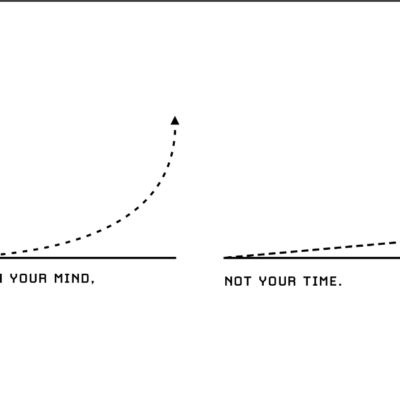Most people think of innovation as a logical endeavour. If you look at it on a personal level though, you would see that emotions play a big role in the process of innovation. Right emotions propel innovation; bad emotions hinder it.
One emotion that hinders innovation is aversion to ambiguity.
(BTW this article is a part of a series that describes such emotions.)
Everybody likes a clear answer, nobody likes ambiguity.
Think about how crossword puzzles make you feel. Some people are excited by them. Others dislike them because they don’t like the feeling of having an empty slot for an answer in their mind.
If you are of the latter type – you can have a hard time coming up with innovative solutions.
Innovation is a chaotic process with a lot of ambiguity. You have to spend a lot of time not knowing the answer to a question and you must handle it well.
Why do we dislike ambiguity?
Part of it is our schooling system. Up until grade 5, I grew up believing that to any question there is only one correct answer. And that answer is the one that the teacher wrote on the blackboard. In grade 6 did I realize that if you rearticulate that answer, it still stays correct. What I learned much later was that in real world a question can have sometimes have multiple correct answers. Sometimes there are no correct answers!
Ambiguity pervades reality.
When we don’t know the answer to a question, our natural tendency is to look for it. Since having an unanswered question is a negative emotion, we often fall into the trap of accepting any answer – even if wrong – to evade the negative emotion. This is why we need to be okay not knowing the answer.
Fortunately, this is a skill that can be learned with regular practice. Try the following:
- Do this for a week: don’t look at the clock after you wake up in the morning for roughly an hour. Try to be okay with the feeling of not knowing what is the time.
- Plan to go out for dinner on the weekend. Make a list of 10 restaurants you could go to. Write their names on slips but don’t decide which one you will go to yet. Randomly pick one slip right before you are about to leave.
- When ordering food at the restaurant, ask the waiter to bring you a random dish of their choice. Then while waiting for the food, think about how you feel about the uncertainty.
Such exercises can make you feel comfortable being with an unanswered question in your mind. When you carry such questions around, your subconscious keeps trying so solve them and ultimately you find the unexpected answer!
To continue learning about ways to improve you capability of innovative problem solving, subscribe to your newsletter:
P.S. Cover Photo by Robert Keane on Unsplash


